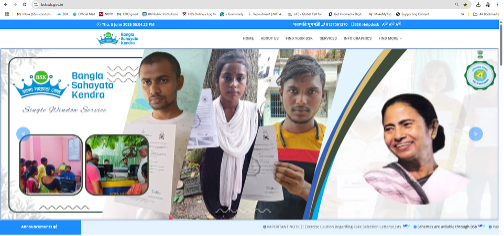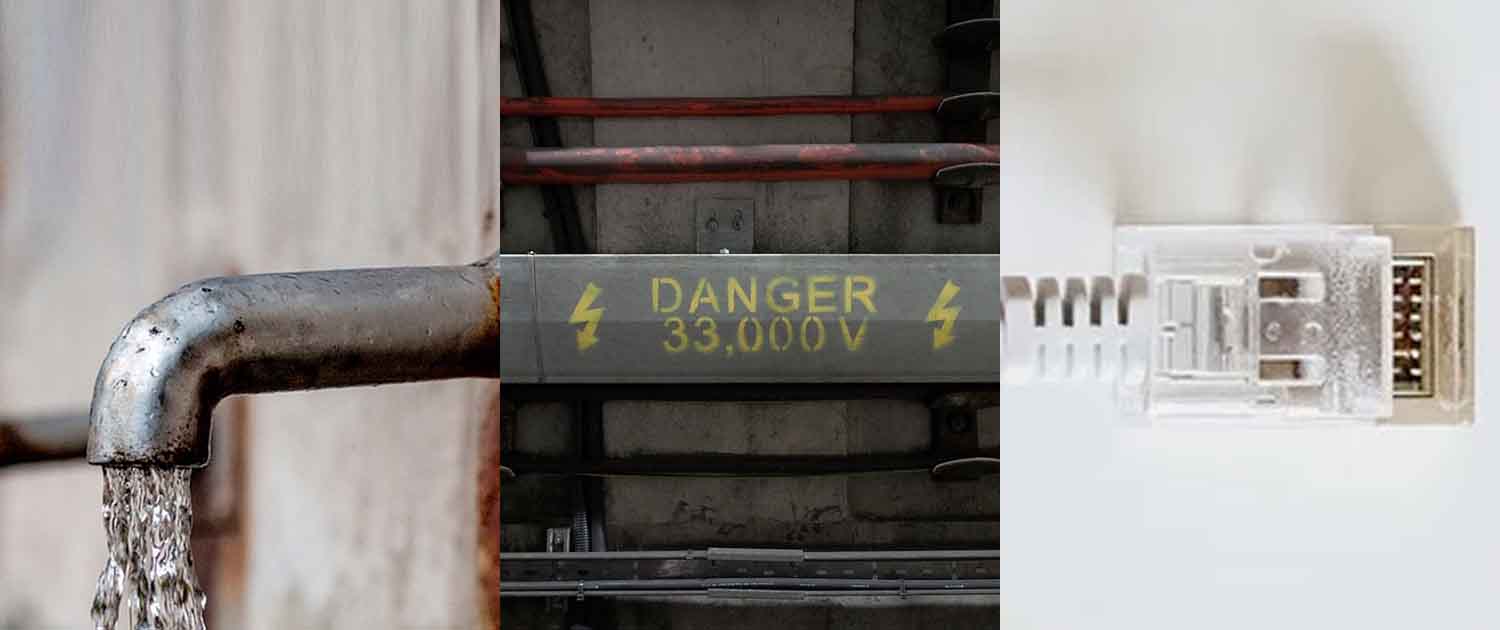- In moments of crisis, people need more than just Internet access—they need resilient, rights-based digital infrastructure.
- During digital blackouts, communities lose access to timely, verified information, leaving a vacuum often filled by misinformation and rumors.
- India needs resilient, decentralized, and crisis-ready digital infrastructure to allow for modern governance.
Nations increasingly recognize Internet access as a fundamental right and essential public utility. Estonia led the way in 2000 by declaring Internet access a human right, while Finland became the first country in 2010 to make broadband a legal entitlement for every citizen.
These precedents underscore a global shift toward treating Internet connectivity not as a luxury but as a critical infrastructure for participation in modern life. And like other critical infrastructure, it must be resilient enough to keep people connected when disaster strikes.
What Is Internet Resilience?
Internet resilience refers to the ability of digital infrastructure and services to withstand, recover from, and adapt to disruptions—be they natural disasters, cyberattacks, technical failures, or political interventions—while maintaining accessibility and performance for users.
Key components of a resilient Internet include:
- Infrastructure robustness: Strong, redundant physical networks and power backups.
- Service continuity: Platforms that work under pressure and offline when needed.
- Policy safeguards: Legal protections against arbitrary shutdowns or throttling.
- Cybersecurity readiness: The capacity to detect, respond, and recover from digital attacks.
- Inclusive access: Ensuring connectivity for rural, remote, and underserved populations.
Why Internet Resilience Must Be Treated as a Public Utility
In moments of crisis, people need more than just Internet access—they need resilient, rights-based digital infrastructure.
This is particularly relevant in diverse countries like India and several countries in the global south, where continual natural disasters and civil unrest, combined with governments’ propensity to order Internet shutdowns, continually deprive their people of access to basic social, educational, health, financial, and telecommunication services that we all take for granted.
1. Governance and Service Delivery
Digital platforms have become vital in India for delivering essential government services like welfare disbursements, land records, health insurance, and grievance systems.

When the Internet is disrupted, it stalls:
- Pension and subsidy payments
- Land and health insurance updates
- Citizen grievance redressal and documentation, and many more.
For example, relentless rainfall in Wayanad, Kerala, in July 2023 triggered flash floods and landslides, displacing thousands and destroying critical infrastructure. With power lines and mobile towers damaged, large parts of the district experienced extended Internet blackouts, severing real-time communication between relief workers, local officials, and affected families.
Relief camps struggled to coordinate with district authorities; telemedicine services, vital in remote and disaster-hit areas, became inaccessible, and families were cut off from weather alerts, road closures, and government aid portals. In a region where communities depend on WhatsApp groups and online platforms for disaster coordination, the sudden digital silence deepened isolation and delayed emergency action.
2. Education Access
During the lockdowns of 2020 and 2021, students in low-connectivity regions missed entire months of schooling, widening pre-existing inequalities.
Meanwhile, offline-enabled platforms like Khan Academy Lite in rural Africa offered a glimpse of what digital resilience could look like, providing educational access even without continuous Internet. Today, with hybrid learning models and online examinations becoming the norm, a stable Internet has become essential for education delivery.
The public services delivery platforms, such as Bangla Sahayata Kendras (BSKs) in West Bengal, India, facilitate access to admission forms for various educational courses, ensuring last-mile service delivery.
But, challenges persist, as seen in Manipur, India, where recurring Internet shutdowns since the outbreak of ethnic violence in 2023 have disrupted exam preparations and online education, especially for students in rural areas. Similarly, in Jammu and Kashmir, prolonged Internet shutdowns since 2019 have repeatedly disrupted academic terms and online classes, undermining educational access despite the Supreme Court of India’s recognition of Internet access as a fundamental right.
3. Healthcare Delivery
Digital healthcare platforms have greatly expanded access to medical consultations, especially in remote areas. In India, eSanjeevani OPD, India’s national telemedicine platform, provides millions with virtual healthcare services.
Telemedicine’s effectiveness depends entirely on stable connectivity. Without it, healthcare access becomes unreliable for the most underserved. Yet in rural regions, frequent Internet outages disrupt services, resulting in
- Missed or delayed consultations.
- Interrupted treatment continuity.
- Exclusion of remote patients from timely care.
4. Financial Inclusion
India’s digital economy—from real-time payments to welfare disbursements—relies on uninterrupted Internet access. Platforms like Aadhaar, Unified Payments Interface (UPI), and Direct Benefit Transfers (DBT) have empowered small businesses and daily wage earners with instant, low-cost transactions.
Financial inclusion cannot function without resilient connectivity.
Even brief Internet disruptions lead to failed payments in small towns and rural areas. For example, during Cyclone Yaas in 2021, the disrupted Internet infrastructure affected pensioners in Sandeshkhali and Ramnagar in West Bengal from withdrawing PM-KISAN (income support to all landholding farmers) or PMJDY (universal access to banking facilities) funds.
Similarly, in Lakhimpur Kheri, Uttar Pradesh, a 48-hour Internet shutdown following violent protests in October 2023 blocked access to critical economic services. Direct Benefit Transfer (DBT) beneficiaries could not complete biometric verifications, kirana stores saw a crash in UPI transactions, and farmers were cut off from mandi price updates and subsidy applications.
5. Fighting Misinformation
During digital blackouts, communities lose access to timely, verified information, leaving a vacuum often filled by misinformation and rumors.
In Kashmir, prolonged Internet shutdowns have compelled communities to rely on hearsay and informal sources of information, undermining access to verified facts and timely updates. Without access to official news or digital updates, rumors spread faster than facts, fuelling panic and mistrust.
An always-on Internet ensures real-time rebuttals, fact-checks, and access to official channels, making it a critical tool in combating disinformation.
These examples underscore India’s urgent need for resilient, decentralized, and crisis-ready digital infrastructure as an integral part of modern governance.
Saadia Azim is an Indian public policy expert who conducts in-depth research on the Digital Divide and actively advocates for Internet Rights. As the Vice President for Publicity at the Internet Society’s Kolkata Chapter, she plays a key role in bridging the gap in understanding digital accessibility and governance.
The views expressed by the authors of this blog are their own and do not necessarily reflect the views of the Internet Society.


